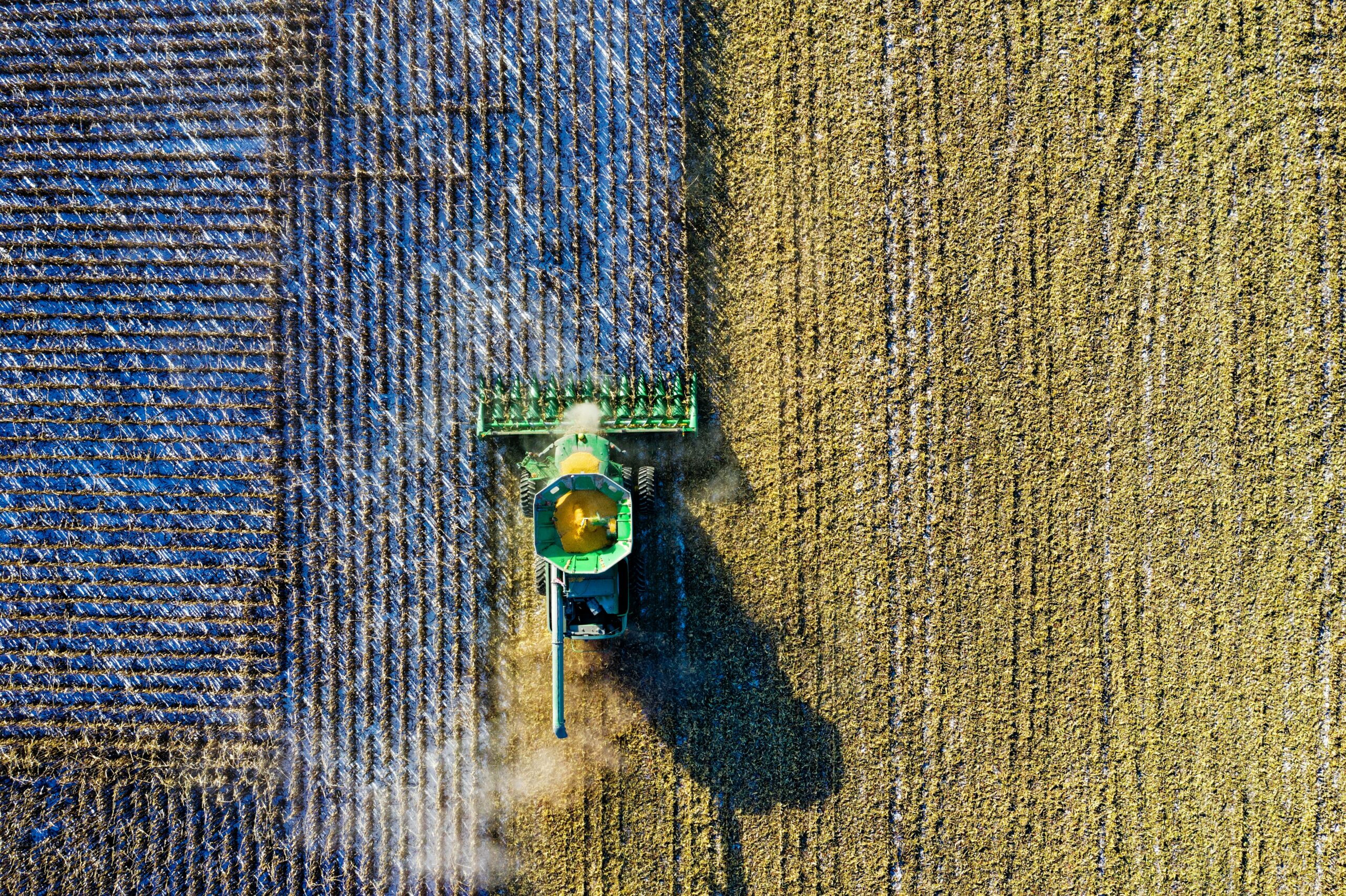With the global population set to hit 10 billion by 2050[2], the demand for food is set to increase significantly, meaning that demand for land will follow, if agricultural practices are not changed and adapted. If nothing is done, the consequences could be dire because as Wes Jackson, stated “right now agriculture is the No. 1 threat to biodiversity on the planet”.[3] Agriculture’s fate, in the long term, is correlated to the fate of Earth’s biodiversity. While modern agriculture has enabled considerable food production increases, it has caused terrible damage to biodiversity through deforestation, overexploitation of soils, excessive use of chemicals and water, pollution and introduction of alien species to ecosystems.[4] Because of the intensification of agriculture, the FAO estimates that more than 25% of arable soils have been degraded worldwide, which has led farmers to search for new land, increasing the land use of agriculture and causing additional losses to biodiversity.[5]
In addition to being one of the main drivers in biodiversity loss worldwide, the agricultural sector is also one of the sectors that contributes the most to global GHG emissions. The combination of the sector’s direct emissions[6] and indirect emissions[7] are estimated to represent close to 22% of global GHG emissions.[8] Furthermore, the sector is a major source of non-CO2 emissions such as methane (CH4) with 42% of global CH4 emissions and 70% of global nitrous oxide (N2O) emissions, which both have a much higher Global Warming Potential (GWP) than CO2.[9] As with other sectors, the disparity between countries when it comes to agriculture-related emissions is significant. In an OECD paper dated 2022[10], covering 54 countries representing 2/3rd of global agricultural emissions, it was found that the highest five emitters[11] represented 72% of the agriculture GHG emissions of the sampled countries, whereas the lowest emitters[12], combined, only represented 0,4% of total agriculture GHG emissions of the sample.
It is now essential for agriculture to be greened and for it to undergo a sustainable revolution. As Wes Jackson explained in his receiving speech for the Right Livelihood Award, “the agriculture we seek will act like an ecosystem, feature material recycling and run on the contemporary sunlight of our star”.[13] But, as the OECD paper highlighted, only a small group of countries are responsible for a great majority of the sector’s emissions. With population increasing significantly, it is essential for the sector to meet the newfound demand, without further harming biodiversity. Sustainable practices have to be scaled up and knowledge transmitted to developing countries who are experiencing the most significant population increase. In addition to capacity building, just transition principles must be implemented, to make sure that additional burdens are not laid on the at most risk food systems and populations. Solutions exists, but with the intensification of climate-related events, it is also important to build up the resilience of the sector. Wes Jackson’s vision is possible, as long as adaptation and mitigation efforts are matched by the necessary capital. Agriculture can be, and must be, greened.
[1] Larbodière, L., Davies, J., Schmidt, R., Magero, C., Vidal, Arroyo Schnell, A., Bucher, P., Maginnis, S., Cox, N., Hasinger, O., Abhilash, P.C., Conner, N., Westerberg, V., Costa, L. (2020). Common ground: restoring land health for sustainable agriculture. Gland, Switzerland: IUCN. 2020-023-En.pdf (iucn.org) (p13)
[2] Larbodière, L., Davies, J., Schmidt, R., Magero, C., Vidal, Arroyo Schnell, A., Bucher, P., Maginnis, S., Cox, N., Hasinger, O., Abhilash, P.C., Conner, N., Westerberg, V., Costa, L. (2020). Common ground: restoring land health for sustainable agriculture. Gland, Switzerland: IUCN. 2020-023-En.pdf (iucn.org) (p2)
[3] Wes Jackson is a pioneer, Right Livelihood Award winner & researcher in natural systems agriculture and one of the foremost figures in the international sustainable agriculture movement. He also founded the Land Institute. Agriculture and soil biodiversity | IUCN
[4] Agriculture Biodiversity: What’s the Problem?
[5] Agriculture and soil biodiversity | IUCN
[6] Direct emissions are the emissions linked to the production of crops and livestock. OECD (2022), Agriculture Policy Monitoring and Evaluation 2022: Reforming Agricultural Policies for Climate Change Mitigation, OECD publishing, Paris, (p30)
[7] Indirect emissions are the emissions related to land use and land use change which are generated from net forest and grassland conversion to crop land and pasture, as well as storage. OECD (2022), Agriculture Policy Monitoring and Evaluation 2022: Reforming Agricultural Policies for Climate Change Mitigation, OECD publishing, Paris, (p30)
[8] OECD (2022), Agriculture Policy Monitoring and Evaluation 2022: Reforming Agricultural Policies for Climate Change Mitigation, OECD publishing, Paris, (p30)
[9] Understanding Global Warming Potentials | US EPA
[10] OECD (2022), Agriculture Policy Monitoring and Evaluation 2022: Reforming Agricultural Policies for Climate Change Mitigation, OECD publishing, Paris, (p30)
[11] India, People’s Republic of China, United States of America, Brazil, and the EU-27
[12] Israel, Costa Rica, Norway and Switzerland
[13] Wes Jackson / The Land Institute – Right Livelihood


